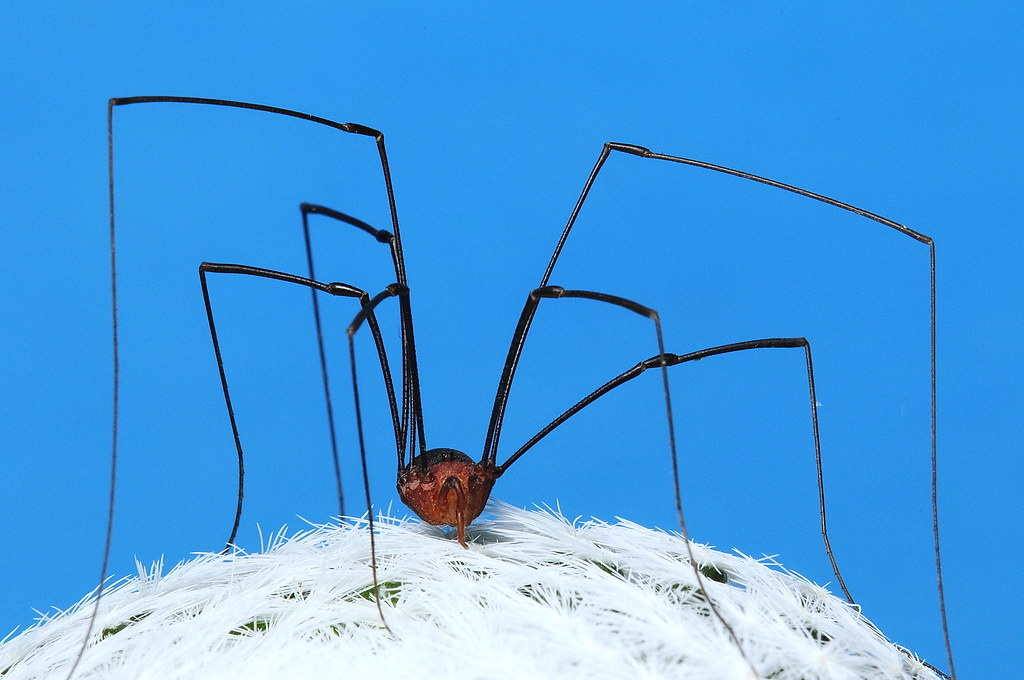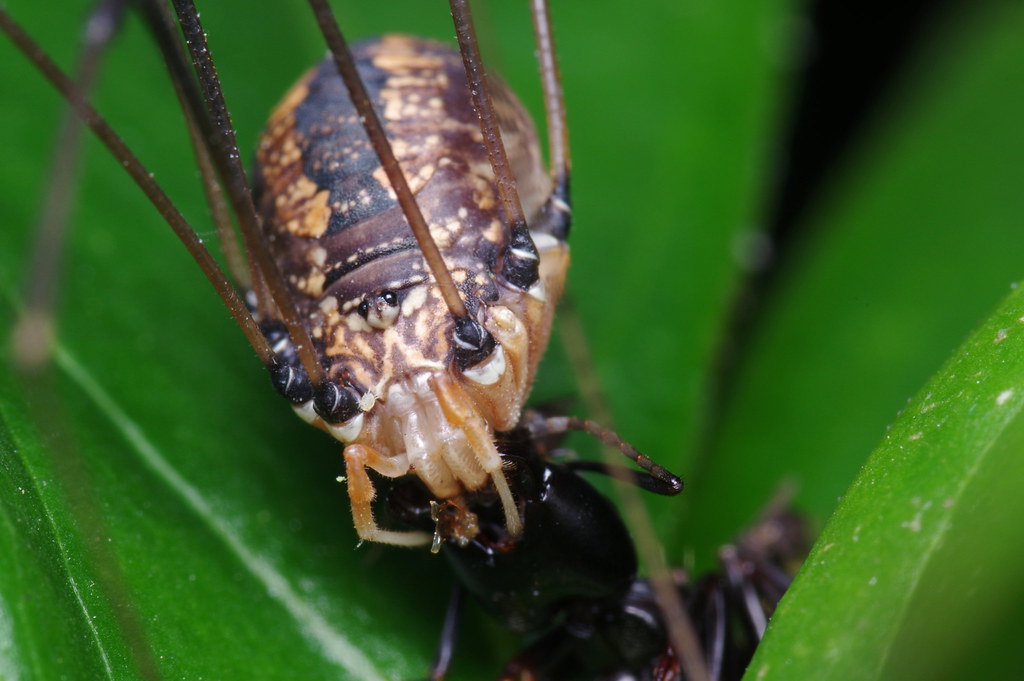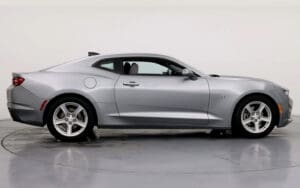It’s commonly claimed Daddy Long Legs have the most potent venom of any spider, but lucky for us, their fangs can’t puncture human skin.
One man decided to test this by forcing a Daddy Long Legs spider to bite him.
Is Daddy Long Legs the most venomous of any spider?
A Daddy Long Legs spider is easy to recognize by its extremely long and thin, skeletal-looking legs. They have two groups of three eyes each. Plus, most have a pair of small eyes in between them, giving them eight eyes total.
Despite this spooky appearance, people who don’t fear spiders have disregarded Daddy Long Legs. Many consider them to be nondangerous because of the common belief that, while deadly, they can’t harm humans.

It has long been claimed that Daddy Long Legs spiders have the most potent venom of any spider. However, luckily for humans, the claim goes, the Daddy Long Legs’s fangs are too weak or too small to puncture human skin.
This belief has also been applied to harvestmen spiders, or opiliones, and the crane fly—also called a “daddy long legs.”
But is it true?
One man decided to find out once and for all by conducting an experiment. To do so, he offered himself up as a human guinea pig. The experiment would involve allowing himself to be bitten by a Daddy Long Legs spider. He’d find out firsthand just how venomous Daddy Long Legs spiders are.
Which Daddy Long Legs spider are we talking about?
The Daddy Long Legs spider, as it is commonly called, is an insect from the class of Arachnida and order of Araneae from the family of Pholcidae. They are also sometimes called several other nicknames such as cellar spider, daddy long legs spider, carpenter spider, daddy long legger, vibrating spider, gyrating spider, long daddy, and skull spider. These Daddy Long Legs are not to be confused with another arachnid from the order of Opiliones that are known as harvestmen, harvest spiders, that also sometimes get called daddy long legs.
The differences in harvestmen spiders are easy to spot, as their legs have a more curled appearance compared to Daddy Long-Legs, whose legs are longer and more angular.
Man forces Daddy Long Legs spider to bite him
A YouTuber named Spencer Hoffman, who runs the channel “My Wild Backyard,” posted a video entitled “What Happens if a Daddy Long Legs Bites You?” The video has been viewed nearly 2 million times.
In the video, Hoffman forced a Harvestmen spider to bite him. Unlike Pholcidae (Daddy Long Legs), none of the known species of Opiliones (harvestmen) have venom glands. Their chelicerae are not hollowed fangs but grasping claws. These are typically very small and lack the strength to break human skin.
So apparently, Hoffman chose the wrong daddy long legs. Not to worry, someone else sacrificed themselves in a similar experiment about 18 years earlier, providing humanity with the answer.
MythBusters tries it
A previous experiment on the TV show MythBusters in 2004 tested the Daddy Long Legs venom claim. Mice were injected with venom from both a Daddy Long Legs and a black widow. The black widow venom produced a much stronger reaction in the mice.
Host Adam Savage also allowed himself to be bitten by a Daddy Long Legs, reporting a short-lived burning sensation. The bite penetrated his skin but did not cause any noticeable harm.
Recent research has also shown Daddy Long Legs bites have a relatively weak effect on insects.


What science says about Daddy Long Legs spiders
According to science, the idea that Daddy Long Legs have the most potent venom of any spider is untrue. Their venom is considered not medically significant.
Secondly, the idea that Daddy Long Legs spiders (Pholcidae) are incapable of biting humans due to the size and strength of their fangs is also untrue. While pholcid spiders do have a short fang structure (described as “uncate” indicating its “hooked” shape), they can still bite. In comparison, brown recluse spiders also have uncate fang structures and can deliver potent, tissue-destroying bites.
Daddy Long-Legs spiders do have smaller uncate than brown recluse spiders and weaker muscles for fang penetration. Nonetheless, pholcid venom is not toxic to humans and no evidence exists that the spiders are dangerous to humans.
So, now you can enjoy seeing a random Daddy Long Legs crawl across your foot or leg without fear of a venomous bite! What a relief.









